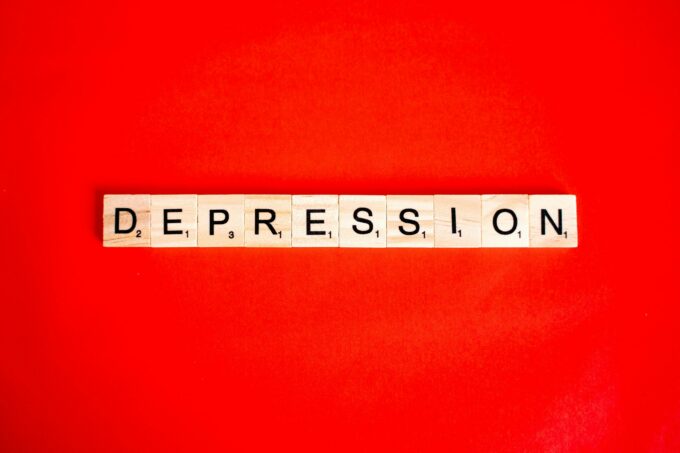Electronic nicotine delivery systems (ENDS), or as they are more commonly referred – e-cigarettes or vapes– are battery powered devices which allow users to inhale a vapourized liquid. This liquid is usually called an e-liquid. Its base is most often propylene glycol and/or glycerine and it serves as a vehicle for nicotine or THC consumption. Vapes tend to be flavoured, and simulate a cigarette experience as the heated vapour imitates the “throat hit” that occurs when smoking traditional tobacco products.
According to the CDC, in 2024, e-cigarettes were the most popular form of tobacco product amongst American high and middle school students. Over a million American students reported currently using e-cigarettes, and importantly, a majority of them (63.9%) reported wanting to quit. Interestingly, more girls than boys reported using e-cigarettes (14.8% vs 13.2%). This trend is contrary to what we traditionally see with tobacco usage–and still do with other forms of tobacco– boys outpacing girls. For example, for cigarettes, cigars, and nicotine pouches, male American students were more likely to be users than female ones.
While these trends were not exactly recapitulated in the Guyanese circumstance, it is worth noting that when surveyed in 2015, 13.3% of male Guyanese students aged 13-15 were current cigarette smokers versus a mere 3.8% of female Guyanese students in the same age group. When compared to e-cigarettes, this gap shrinks drastically, with 9.3% of male respondents and 8.0% of female responders being users. The thing that should be concerning here– is this– not only are e-cigarettes gaining popularity among youth, but they are also gaining inroads to demographics that have been previously reluctant to try other tobacco products. The question is, why? And how dangerous are e-cigarette products anyways?
Let’s start with the why. The quick answer is that e-cigarettes are more approachable, and frankly, marketed to youth. Studies show that most young people who start e-cigarettes begin with a flavored product. In the aforementioned CDC survey, they found that of the American youth that engaged in using e-cigarettes, more than 85% of them reported using a flavoured cigarette, with fruit, candy and mint being the most popular. While the Guyanese survey did not report on the percent of students who were enticed specifically by flavored products, anecdotally, we know that this is a draw for young Guyanese. In 2019, Stabroek news interviewed several vapers, and one, Dwight Ward, reported, “It’s a thing us teenagers do at this time of our life because we like doing it and it’s cool. It’s something that we like to do and we enjoy it, probably because of the different flavours, which is what probably grabs our attention.”
This approachability, however, can mask the dangers of e-cigarette vaping. Many people see vaping as a “safer” form of nicotine consumption, but it is far from safe. Per Ward, he believed that it was not “real smoking”. Yet, we now know that vaping increases your chance of asthma, can cause various serious lung diseases, can damage your heart and brain and can even cause seizures. In 2019, there was an outbreak of EVALI (short for E-cigarette or Vaping, product use Associated Lung Injury), which hospitalized thousands, with at least 68 fatalities recorded. Furthermore, vapes with the facts as well as a space to listen to their concerns and questions. Always get your information from well vetted sources, and if you need back up or help understanding the information you see online, talk with your primary care provider. are gateways to other forms of tobacco and drug consumption. Nicotine is addictive, and is especially so in young people. Patterns of addiction can form. Of those American students surveyed, more than a third of them who used e-cigarettes reported using one on twenty of the last thirty days. Moreover, of the students using one tobacco product, more than a third admitted to using multiple types of tobacco products. Other studies have found that adolescents who used e-cigarettes were more than six times more likely to try a cigarette than those who had not used an e-cigarette.
While many young people admit to trying vaping because of social pressure, the most common reason for continuing to use an e-cigarette (at least among American teens) was for mental health relief. Young people reported that they were “feeling anxious, stressed and depressed”, and that vaping offered a solution. Ward was quoted in 2019, saying, “[vaping] is relaxing and it takes me to a place of peace.” This is why it is important to have non-judgmental conversations with young people on how they are doing. While it is important to educate them on the dangers of vaping, it is also important to try to understand why they feel inclined to vape in the first place and tackle those existing stressors. The best way to protect our youth is to provide them with the facts as well as a space to listen to their concerns and questions. Always get your information from well vetted sources, and if you need back up or help understanding the information you see online, talk with your primary care provider.














